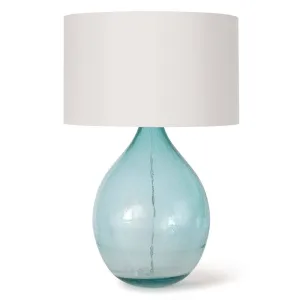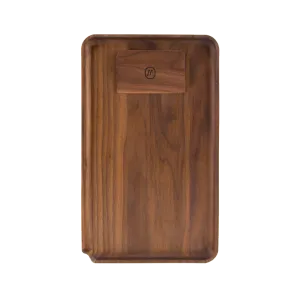By the time Jaeger-LeCoultre released the Memovox in 1950, the concept of an alarm clock was not a new one. In fact, it was known even to the ancients--the Greek engineer Ctesibius devised a water clock that would drop pebbles on a gong at a pre-determined time. As technology advanced and clocks became more sophisticated, so did alarm clocks; by the 1400s, many towns and villages in Europe had clocks that would sound at fixed times every day.
When watches started to move from the pocket to the wrist, watch brands sought to adapt alarm watches to this new innovation. Eterna had filed a patent for a wrist alarm as early as 1908. However, production of this wrist alarm didn't commence until 1914; even though Eterna released another wrist alarm with an impressive 8 day power reserve, these early wrist alarms were either inaccurate or just not loud enough for practical use.
In the late 1940s, Jaeger-LeCoultre developed its own mechanical alarm watch to contend with the popular (and revolutionary) . Like the Cricket, the Memovox utilized a twin-crown system (the top crown to wind and set the alarm, the bottom to wind and set the time). But the Memovox employed a unique alarm mechanism from the Cricket: a hammer that strikes against a post welded directly to the case back.
With the production of the Memovox, JLC created one of the most iconic models of Post-War watchmaking.
JLC began offering Memovoxes on the American market in 1951. These models were either cased in steel, or in 14K gold, and featured an array of dial configurations. This example likely dates to the late 1950s or early 1960s and bears 'Memovox' on the dial, which did not become the standard for U.S. models until the late 1950s.
This Memovox is powered by a Calibre 815 self-winding movement, the first of its kind ever to be fitted in a wrist alarm, making it as historically-significant as it is handsome.





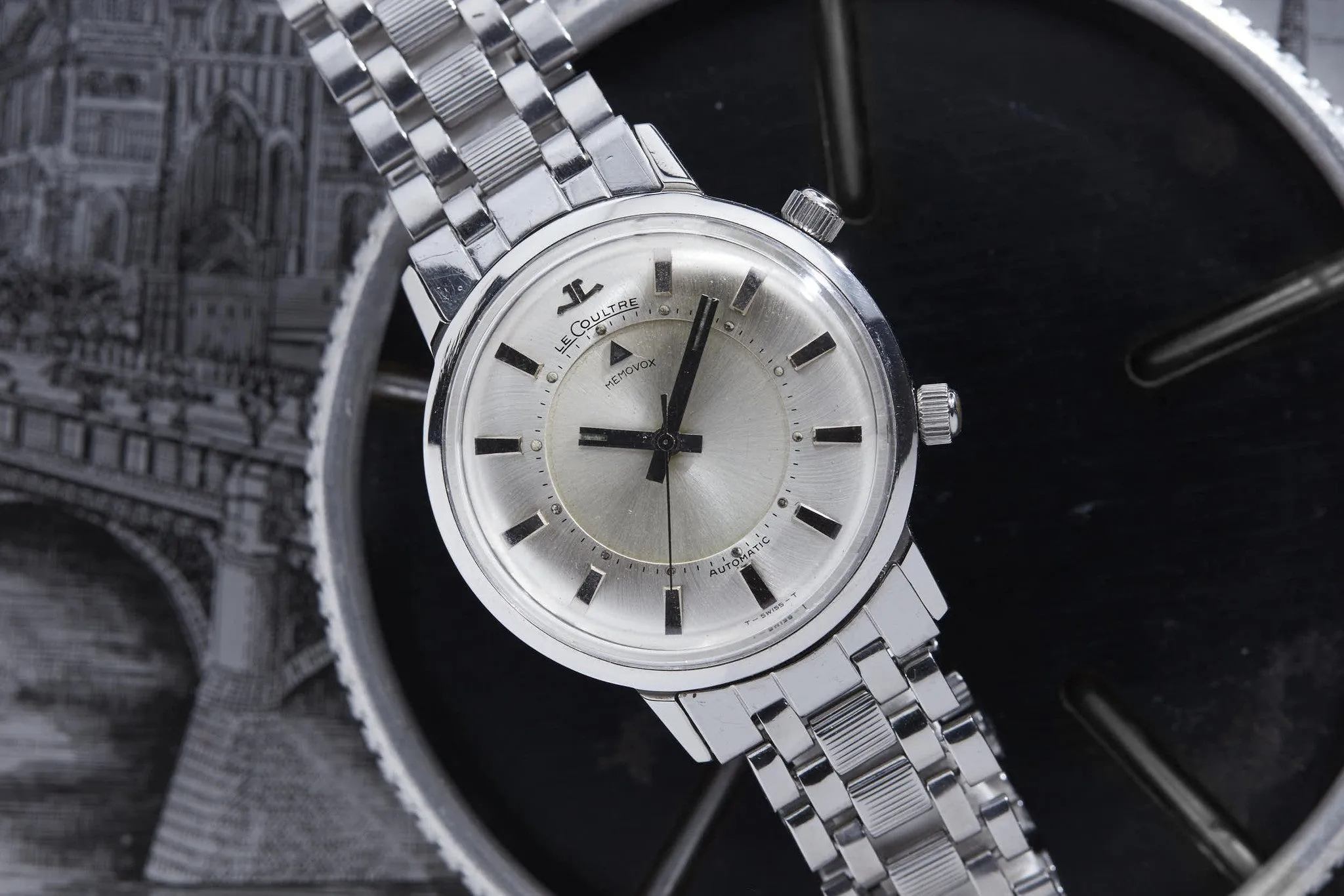
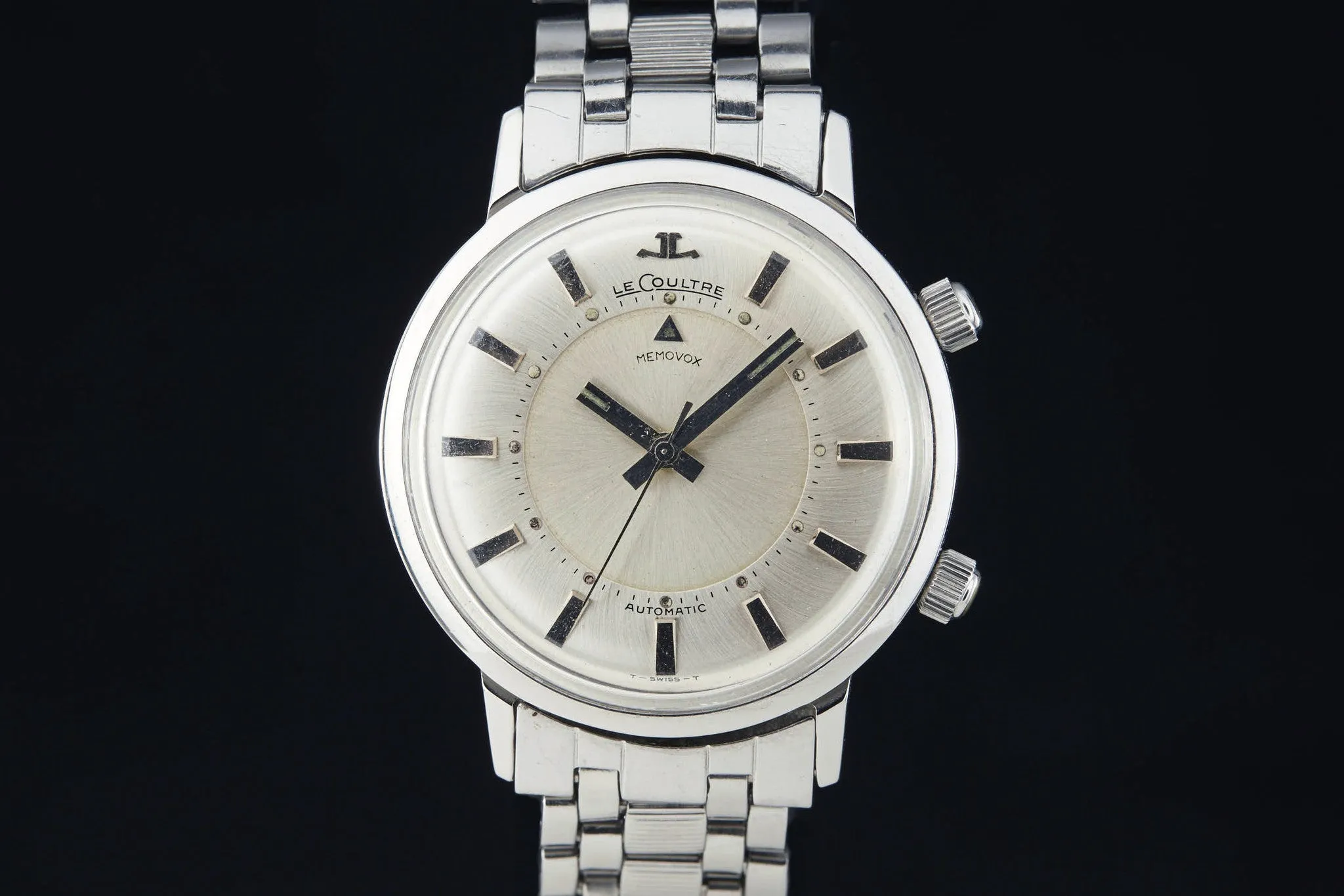

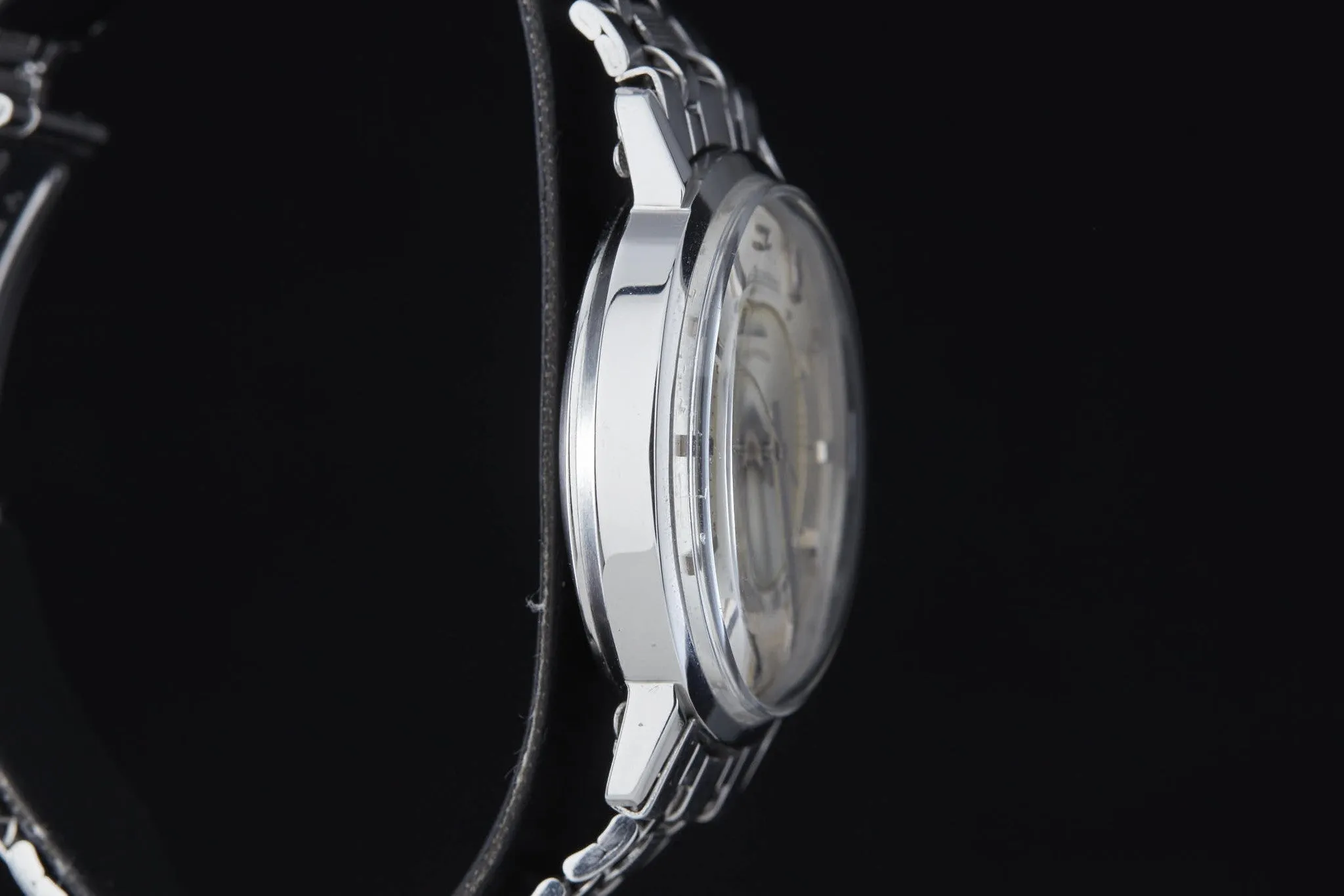

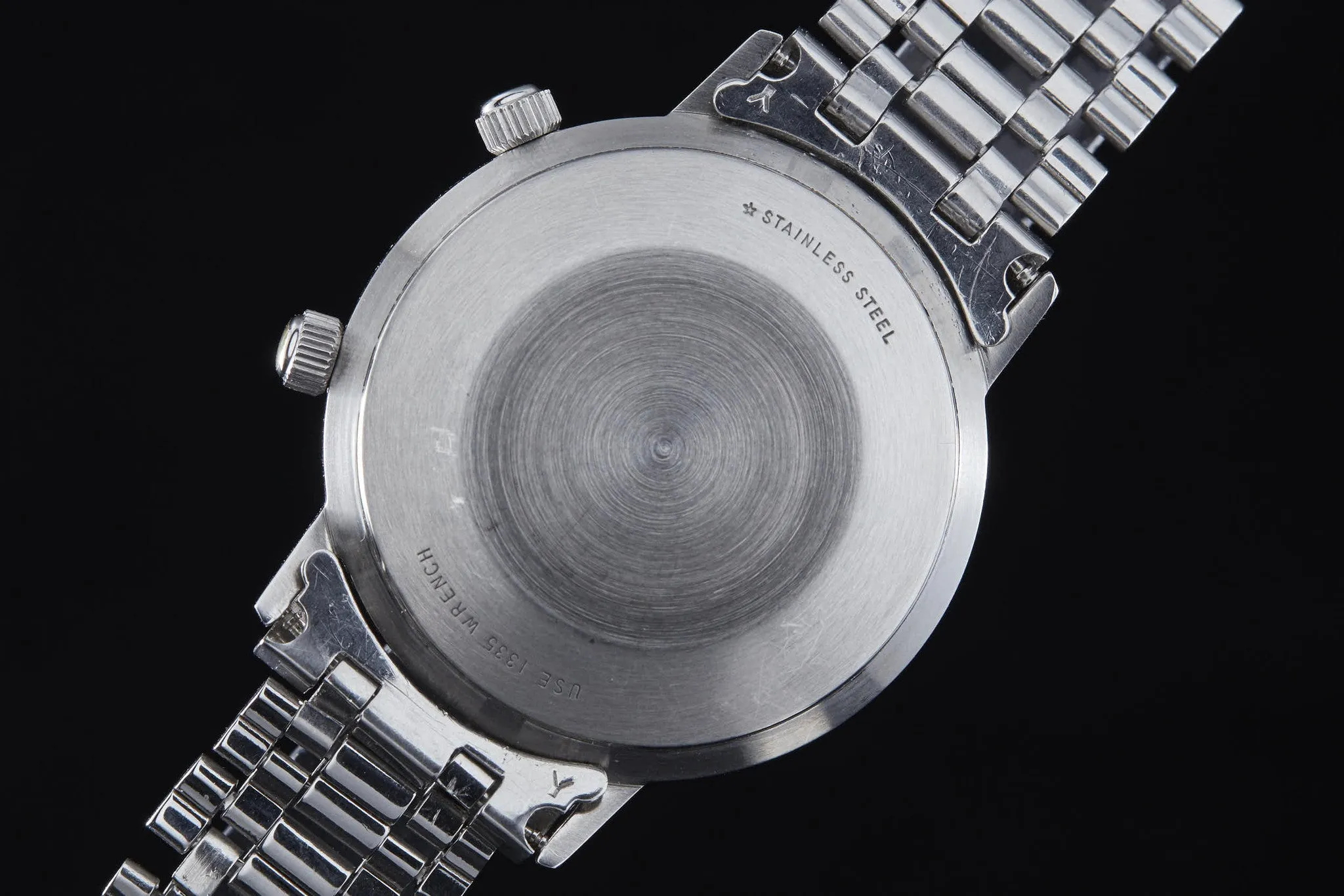
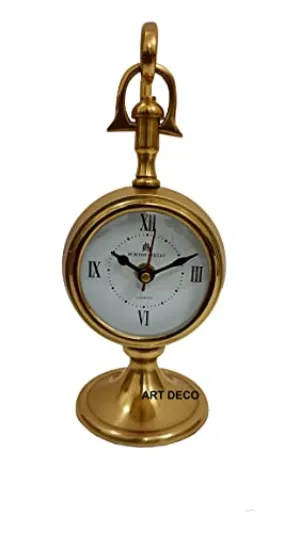

![Hella Marine DuraLED 12 Interior/Exterior Lamp - White LED - White Housing [959700101] Hella Marine DuraLED 12 Interior/Exterior Lamp - White LED - White Housing [959700101]](https://www.vogistry.shop/image/hella-marine-duraled-12-interiorexterior-lamp-white-led-white-housing-959700101_21DPRZ_300x.webp)


